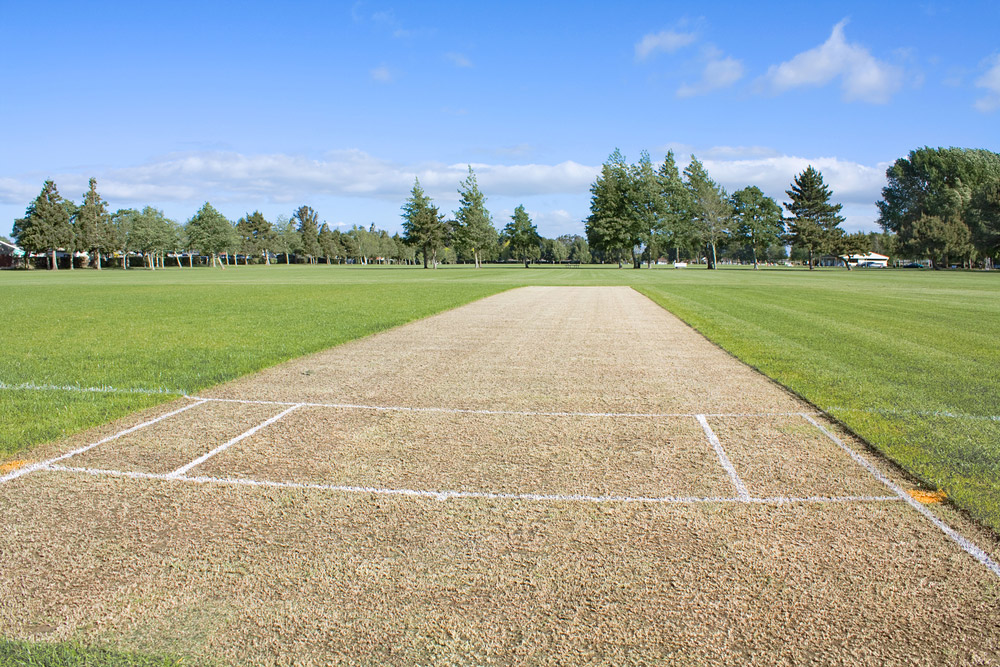Are you able to breathe life into an old, uncared for cricket wicket?
Every cricketer understands, the calibre of the playing surface could have a significant affect on just how the ball reacts. Wickets which are irregular or pitted might cause the ball to behave erratically, pitches which are really hard will make the cricket ball bounce higher and really fast, whereas cricket wickets which are blanketed in grass will probably reduce the amount that a spin bowler can turn the ball.
In order to standardise the playing surface and provide a pitch which you can use in all circumstances, a lot of leisure centres, colleges and cricket clubs use artificial cricket wickets. Even though artificial cricket wickets are much more resilient than purely natural pitches, they also need regular routine maintenance to ensure they are in tip top condition. Thankfully, even old, mistreated pitches can be brought back to life with a little bit of Tender loving care and also correct treatment plan.
Man-made Cricket Pitches
Synthetic pitches are generally installed on either a dynamic (stone) or non-dynamic (macadam or concrete) base. The top of the cricket wicket is constructed from high quality short pile carpet that’s either timber edged and nailed or nailed directly into the aggregate. Shock pads are usually fitted underneath the surface of the wicket to guarantee the ball bounces correctly and that the artificial pitch responds the same way to the ball each time, no matter what the weather.
Maintaining An Artificial Wicket
Like most artificial surfaces, synthetic cricket wickets should be correctly maintained if they’re to provide the very best playing pitch all through the year. We recommend that anyone having an synthetic cricket wicket should employ an annual deep clean schedule, level the batting zone on a regular basis and use at least one chemical treatment solution every six months.
Despite having regular maintenance, cricket wickets may decline with time, shock pads can solidify and surface areas may become uneven. If you see that the bounce of the cricket ball is starting to become uneven or that the wicket looks tired and worn, it might be time for you to give your synthetic playing surface a face lift. There are tons of sites with facts on the topic of ‘cost of artificial cricket wicket’ this may be one of the best websites www.artificialgrassmaintenance.co.uk
